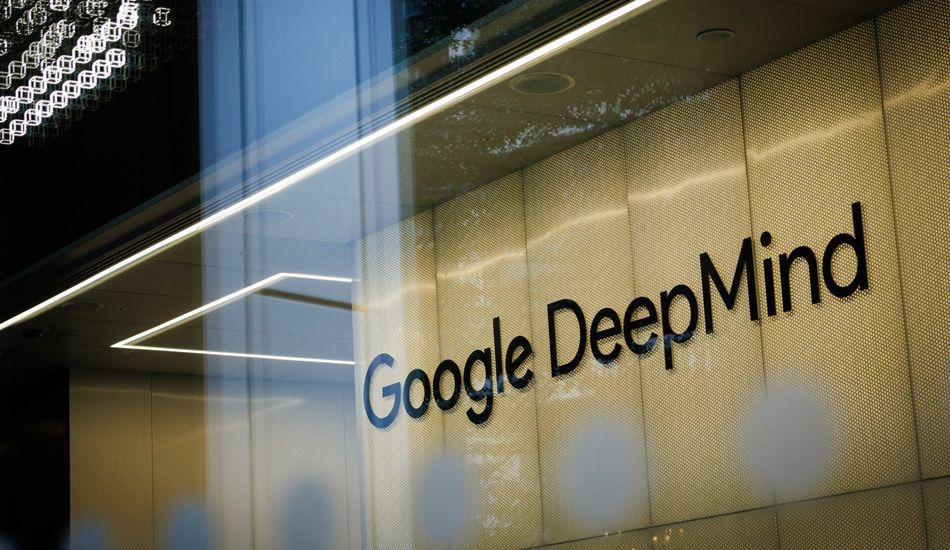
Google's AI Model Outperforms Traditional Systems in Hurricane Forecasting
Hurricane season is winding down, and experts are already dissecting which forecasting models nailed it and which ones flopped. Guess what? Google's DeepMind, the new kid on the block, completely crushed it.
Even though Google DeepMind's Weather Lab only started putting out forecasts in June, it blew everyone away by being the most accurate model for predicting where hurricanes would go and how strong they'd get. This is according to an early analysis by Brian McNoldy, a meteorologist and senior researcher at the University of Miami. On the flip side, the US's main weather model, the Global Forecast System (GFS), was the worst performer.
The National Hurricane Center will drop the official data on how each model did in a few months. However, this sneak peek suggests a big change in hurricane forecasting is coming. AI-based models are clearly way better, so it might be time to retire the old-school, physics-based models.
Houston-based meteorologist and space reporter Eric Berger mentioned that moving forward, we'll depend heavily on Google and other AI weather models. I think that it makes perfect sense, since they're relatively new and have a ton of potential to get even better in the next few years.
McNoldy's research includes a few graphics. They show the accuracy of track forecasts and intensity forecasts for all 13 named storms in the Atlantic Basin this season. Each line represents a different forecast model. The lower the line, the better the model did. The GFS, labeled as AVNI, is the orange line way up at the top. NOAA created this model in the early 1980s, and the National Weather Service still uses an updated version as its main forecasting tool.
GFS Missed the Mark
Miami-based meteorologist and hurricane specialist Michael Lowry pointed out that the GFS really messed up its forecast for Melissa. For instance, the average 5-day track error was over 500 miles, because it insisted the storm would turn out to sea, but that never happened.
Unlike Google's AI model, the GFS relies on traditional physics and supercomputers. The charts really highlight the difference. Google's model is at the very bottom, proving it outperformed all the other models, especially the GFS. As Lowry pointed out, the beauty of DeepMind and other data-driven, AI-based weather models is how much faster they can produce a forecast compared to the traditional physics-based ones. Those older models require some of the most expensive and advanced supercomputers on the planet. Plus, these AI models can learn from their mistakes and adjust on the fly.
Consider Hurricane Melissa, which caused havoc in the Caribbean. It's just one example of how rising sea surface temperatures are making storms even more powerful. As climate change makes hurricanes more dangerous, it's crucial that forecasters have the best tools to predict their paths and strength. AI-based models could help them adapt to a warming world. DeepMind's impressive debut has definitely grabbed their attention and could mark a new chapter in hurricane prediction.
2 Images of AI Hurricanes:




Source: Gizmodo